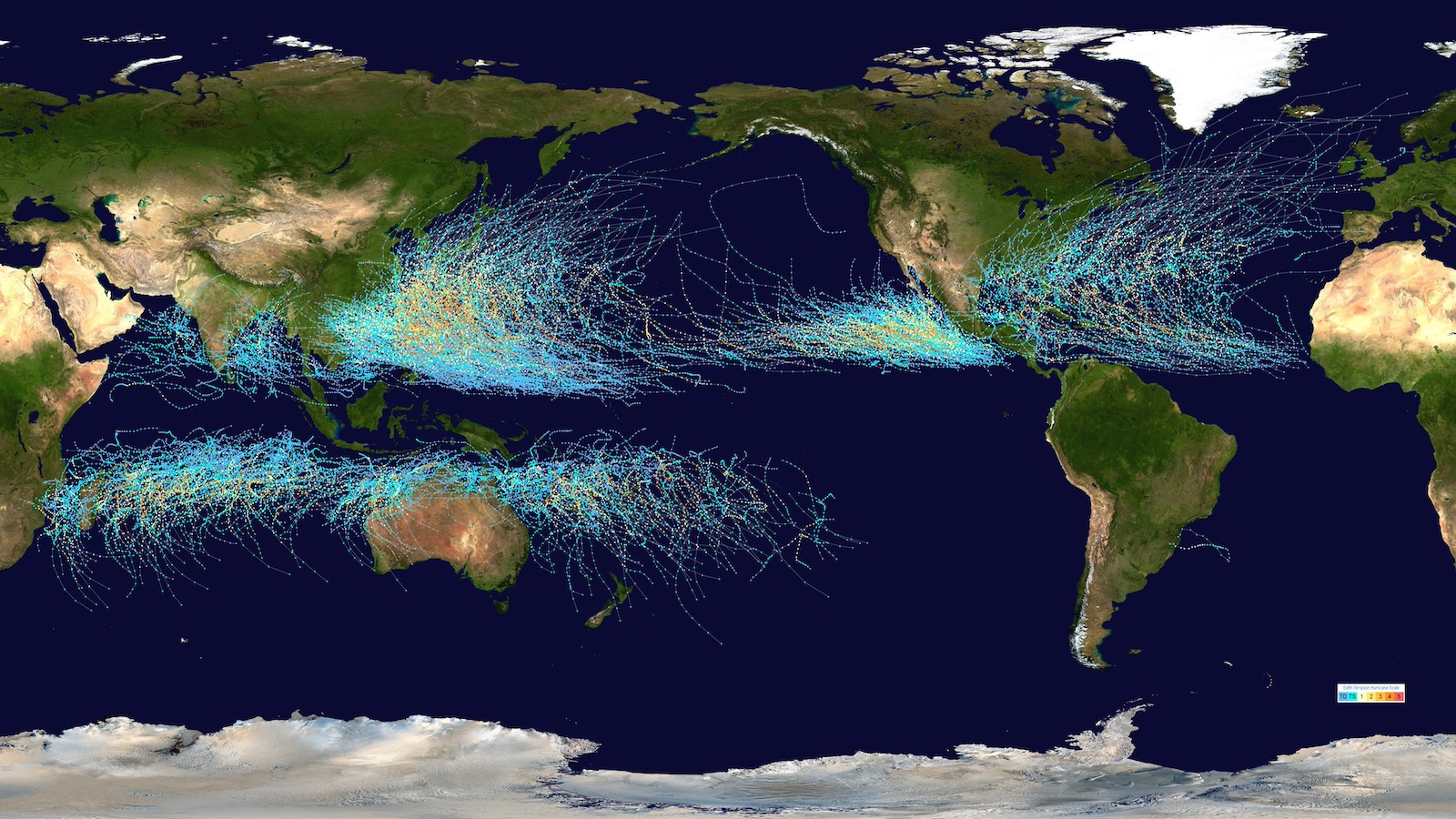Gaia theory: The once-controversial idea that life shapes Earth’s evolution

- Humans, having been on Earth for only about 300,000 years, often misunderstand the planet’s complexity and our impact on it.
- Gaia theory, first proposed by James Lovelock and later developed with Lynn Margulis, suggests that life self-regulates Earth’s systems, maintaining conditions favorable for life.
- Ferris Jabr’s 2024 book Becoming Earth explores this theory, detailing how microbes and more complex organisms have shaped the planet, and highlighting the significant and potentially destabilizing impact humans now have on Gaia.
We haven’t been on this planet very long. That’s why, in general, we really don’t get it. With only about 300,000 years as a distinct species under our belts, homo sapiens can be forgiven for misunderstanding what kind of “thing” the Earth represents. But as we’ve grown in power and capacities, our collective “project of civilization” has pushed the planet into a new state. That requires we up our game. In this emerging climate-changed “Anthropocene” era, we humans need to come up with a different understanding of the planet and our place on it.
Luckily that understanding already exists — and it’s called Gaia theory. The story of Gaia (whose name comes from Greek mythology and refers to the personification of Earth) is explored in Becoming Earth, a wonderful new book by Ferris Jabr. Today I wanted to highlight some of Jabr’s key points that form a general reevaluation of this once very controversial idea, which I’ve worked quite a bit on and am very excited by.
Gaia theory
Gaia theory was first proposed in the late 1970s by polymath, chemist, and planetary scientist James Lovelock. The basic idea can be gleaned from the idea’s original name: the “Self-Regulating Earth System Theory.” Lovelock realized that once life takes hold on a planet in the form of a biosphere, it will become so powerful that it basically hijacks the planet for its own ends. The biosphere self-regulates the planet’s other nonliving systems modifying the air, water, ice, and rock in ways that keep Earth cozy for life. These other systems are called the “geospheres”: atmosphere, hydrosphere, cryosphere, and lithosphere. Lovelock proposed that the biosphere was not just some green scruff quivering on the surface. Instead, it managed to take over the geospheres, creating networks of feedback that exert a kind of homeostasis: the same process that keeps your body’s temperature at 98.6 degrees F in cold winters and sweltering summers.
The exact nature of those feedbacks became clear when iconoclastic biologist Lynn Margulis joined Lovelock in developing Gaia theory. Margulis was an expert in the “microcosmos” of microbes. She understood how the planet’s single-celled creatures could, en masse, produce potent changes in how matter and energy moved around the planet. It would be a vast understatement to say Gaia theory was controversial when first proposed. Many scientists criticized it for being unscientific. Its adoption by New Age enthusiasts didn’t help either. As microbiologist John Postage, a Fellow of the Royal Society, put it:
“Gaia — the Great Earth Mother! The planetary organism! Am I the only biologist to suffer a nasty twitch, a feeling of unreality, when the media invite me yet again to take it seriously?’ … Will tomorrow bring hordes of militant Gaia activists enforcing some pseudoscientific idiocy on the community, crying ‘There is no God but Gaia and Lovelock are her prophet’?”
Eventually, however, Lovelock and Margulis prevailed. While the full extent of Gaian self-regulation is still debated, the core idea that the biosphere exerts strong feedback on the geospheres, thereby changing the planet’s evolution, is now the stuff of textbooks. Jabr tells this story with admirable thoroughness. But what really makes the book shine is his exploration of the details of a Gaian view of Earth as a living planet. As he puts it: “Becoming Earth is an exploration of how life transformed the planet, a meditation on what it means to say that the Earth itself is alive.” To accomplish this, he breaks the book into three sections: Rock, Water, and Air.
These represent the geospheres (the cryosphere is in there with Water). In each section, he first fleshes out Margulis’ point by showing how microbes transformed that part of the “Earth System”. The next chapter in each section follows how the evolution of life toward larger and more complex organisms was mirrored in further transformations of the planet. Each of the sections and their chapters is rich in detail and is nothing short of delightful to explore.
The third chapter of each section offers a cautionary tale, detailing how much change the newest player on the biospheric scene — humans — have wrought. Much of that change threatens to destabilize Gaia from its current cozy conditions for our project of civilization. That’s why these chapters put the whole history of the planet into a context we need to understand most.
Becoming Earth is a fantastic book for becoming aware of the great beauty and power residing on this planet we live on and to which we give so little attention. Its message is the same one Margulis gave us decades ago. “Gaia is a tough bitch,” Margulis said. We ignore her at our own peril.





